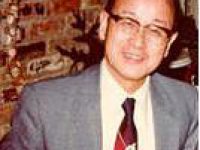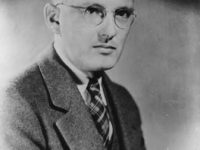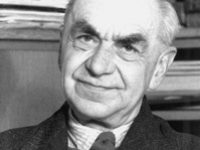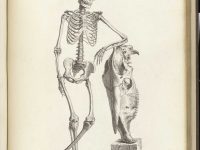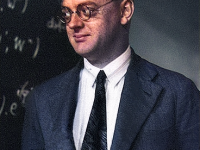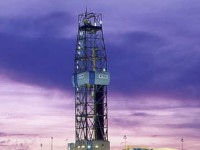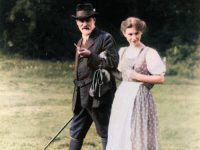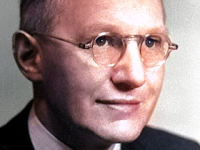Tetsuya Theodore Fujita’s Research on Severe Storms
On October 23, 1920, Japanese-American meteorologist Tetsuya Theodore Fujita was born. Fujita’s research at the University of Chicago on severe thunderstorms, tornadoes, hurricanes, and typhoons revolutionized the knowledge of each. In collaboration with Allen Pearson, head of the National Severe Storms Forecast Center/NSSFC , Fujita developed the Fujita scale (F-scale, Feb 1971) for measuring tornadoes on the basis of their damage. Ted Fujita – Family Background and Education Tetsuya Theodore Fujita was born…
Read more











